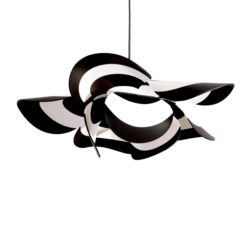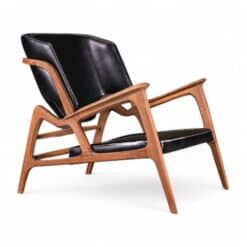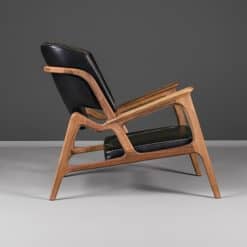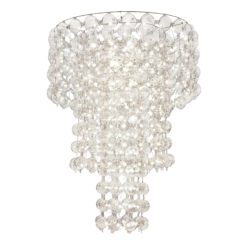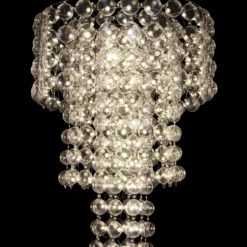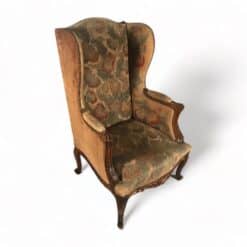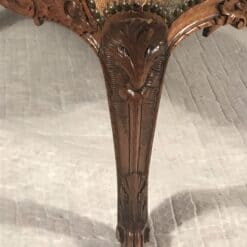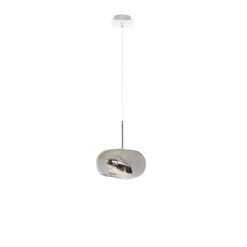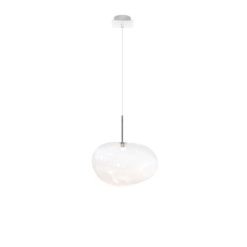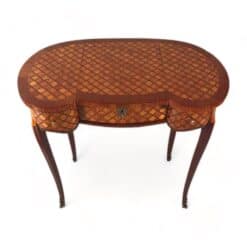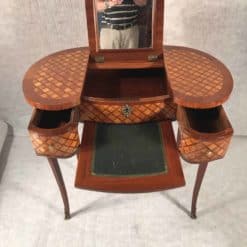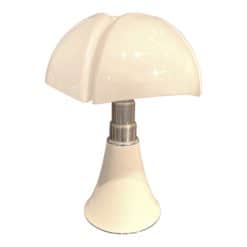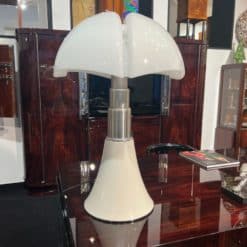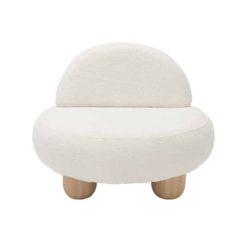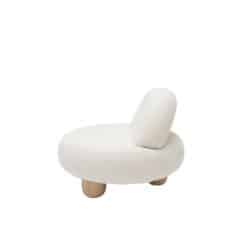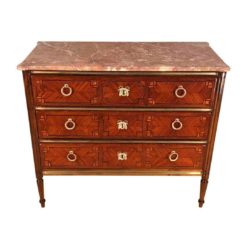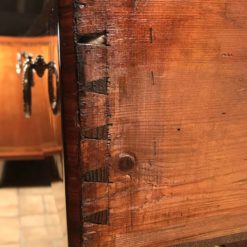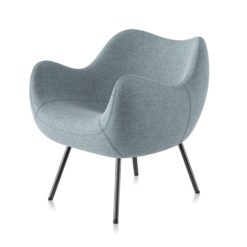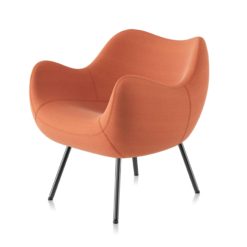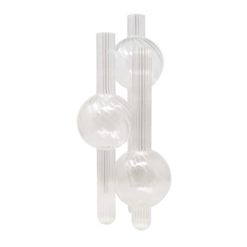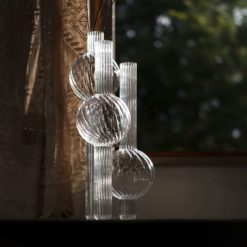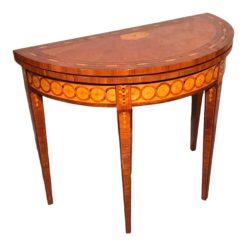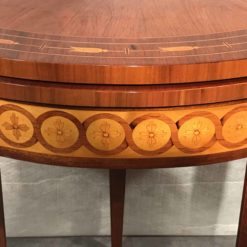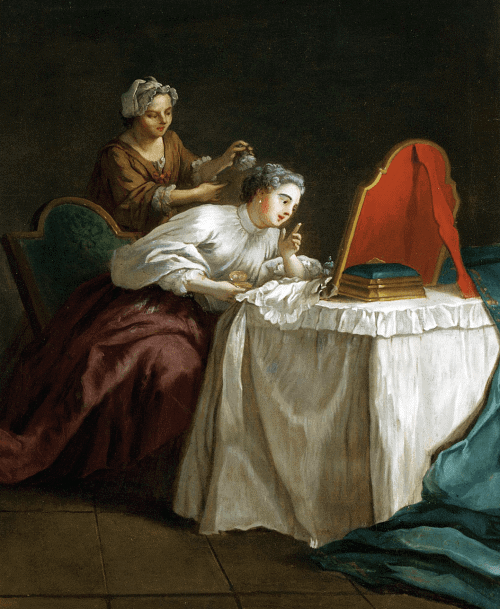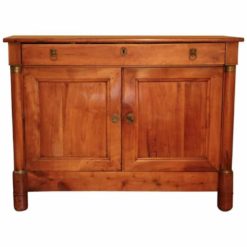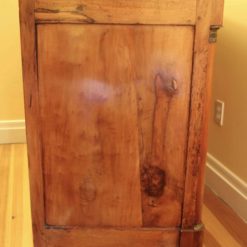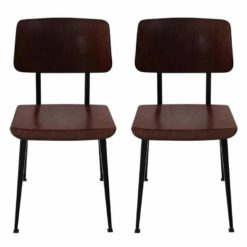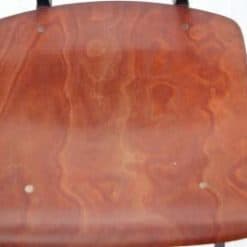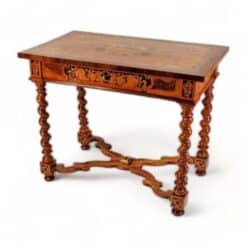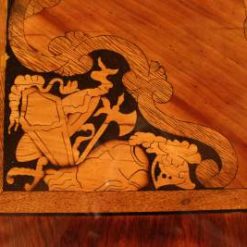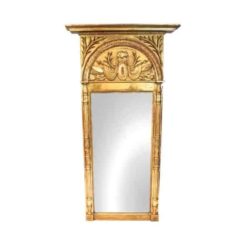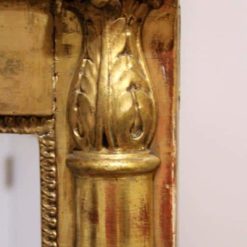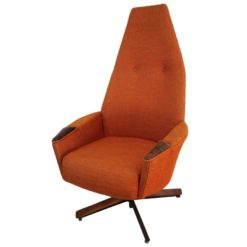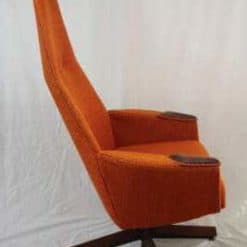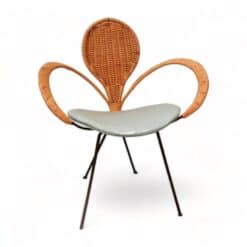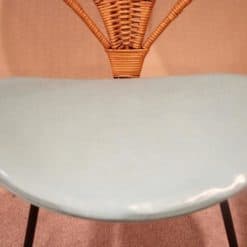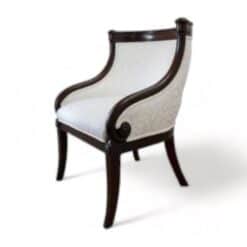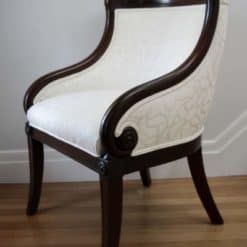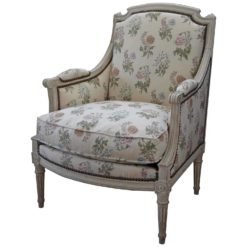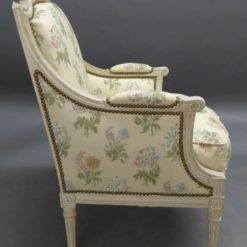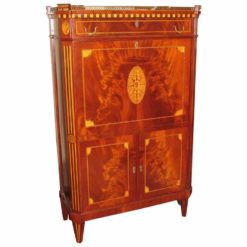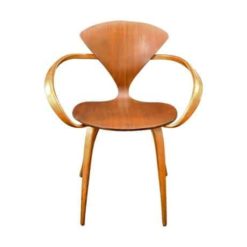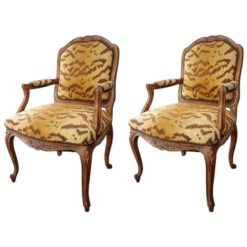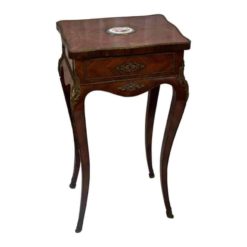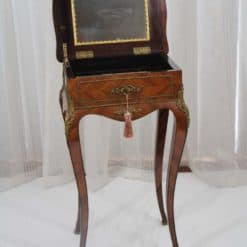Best Sellers
Styylish History
History Of The Dressing Table
A Brief History of the Dressing Table
Vanity, duchess, commode, poudreuse, boudoir, lowboy–the dressing table has many nicknames. And throughout history, this piece of furniture has had about as many phases as names.
Though you may not think about it, dressing tables have a rich and vibrant history. It’s a history that has more to do with our psyche than you might imagine.
Dressing tables are a visual record of humanity’s ever-changing ideas of style, beauty, and societal norms. They do more than showcase historical trends in design and artistry.
They provide insight into other aspects of the past, including class, beauty standards, and womanhood.
Moving forward, let’s take a look backward and explore the history of the dressing table.
Origins
Chances are, when you think of a dressing table, you think of a large vanity with big mirrors and covered with beauty products. Perhaps you also imagine a comfortable chair and the kind of lighting that celebrities use.
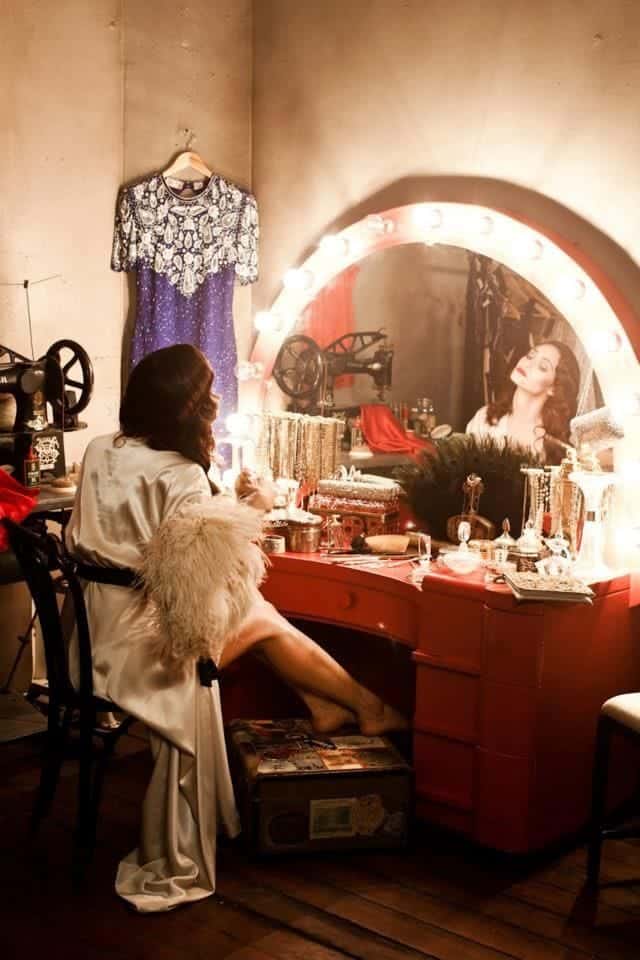
In reality, the dressing table has much humbler origins.
The root word of “vanity” can be followed to the 1200s and linked to the Latin root vanus, a word that means “idle and futile.” It didn’t implicate narcissism until the 1300s.
Apart from that, the idea (and term) of the dressing table didn’t emerge until the late 18th century. It was only in American English that “dressing table” and “vanity” became interchangeable terms. In Australia, these pieces are called “duchesses.”
Although dressing tables as we know them didn’t appear until the end of the 1700s, designated spaces for putting on makeup, freshening up, etc. have been around since the ancient Egyptians.
Egyptians used jars and other small vessels to hold makeup and toiletries. They buried these containers with them, leaving behind some of the best examples of early cosmetic boxes. As time went on, people generally continued using portable toiletries.
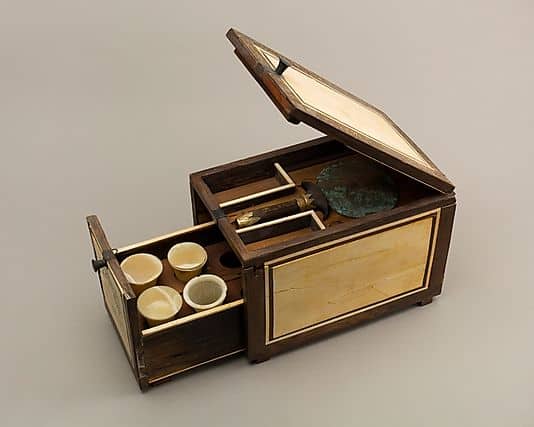
For example, ancient Romans toted mirrors as well as makeup made from animal waste. Additionally, gilded powder boxes were a popular gift upper-class Chinese gave to potential romantic partners.
Once European homes began dedicating specific rooms as either bedrooms or bathrooms, the “toilet table” originated.
In addition to having a basin for washing up, these early commodes were used to store makeup and other cosmetics, including razors for both sexes.
Poudreuse & Lowboys
In the late 1600s, the use of dressing tables became an activity for wealthy aristocrats and noblemen and women, and the design of these tables naturally evolved to reflect this formality.
This change coincided with a turn in women’s fashion, where well-to-do men and women across Europe began spending more time on their hair, makeup, and dressing.
This lengthier process meant more accessories and cosmetics, so naturally, women needed larger containers to store their items.
Additionally, royals were often surrounded by court nobility most times during the day. A woman’s lengthy makeup routine became a social event centered around the beautiful dressing table.
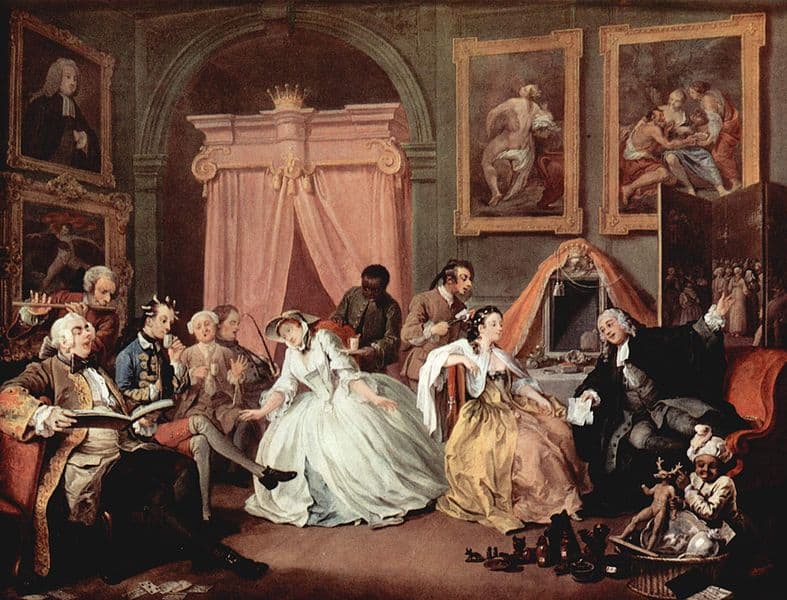
And so, dressing tables became established as must-have furniture items.
Especially in the 1700s, dressing tables were a major status symbol. A piece’s design could include the family coat of arms on the top of each table corner, adding to the family’s prestige.
In England, these tables became known as lowboys and poudreuse (from poudre, or powder) in France.
The poudreuse and lowboy were early versions for the modern vanity table. The poudreuse, popular in 17th century France, was a small table for keeping perfumes and cosmetics, with a drawer for storage.
The earliest dressing tables included a folding top, cistern, and a basin drawer where users could take care of some light bathing and wash off the day’s makeup.
Lowboys, which became more trendy in England and the US during the 18ths century, were also small pieces.
French Poudreuse
Madame de Pompadour, a mistress to Louis XIV, is credited with the popularity dressing tables not just in France but all of Europe.
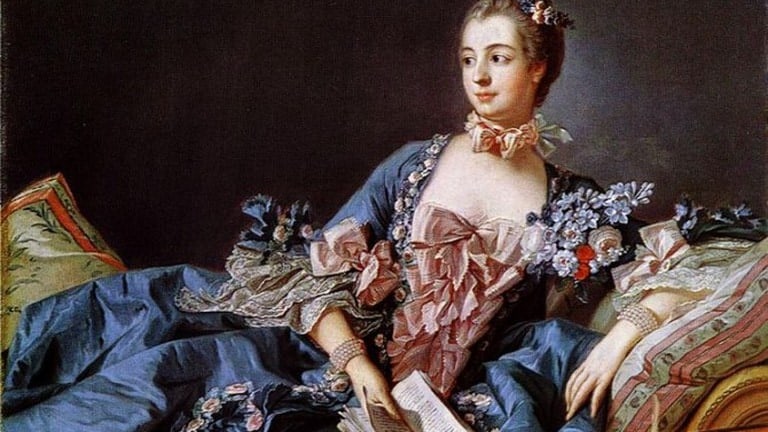
Madame de Pompadour, besides being a staunch supporter of the arts, also had an appreciation for vanities. As one of the biggest trendsetters of the 17th-century, her influence is most likely one reason why dressing tables became so popular.
During the reign of Louis XIV, couriers and a small group of select favorites were allowed to witness the “public dressing” of royalty in the bedroom suite.
And so the toilette became a social event where the court exchanged news and gossip, sometimes for hours.
Madame de Pompadour disliked how long this ritual took. After all, she was a very busy woman with much to do.
She commissioned famous furniture designer Jean-Francois Oeben with the task of creating a table where she could entertain guests and write letters during the time-consuming dressing process.
Oeben and other French artisans continued making more of these hybrid dressing/writing desks. Their work continues to be some of the best examples in the world.
In 1781, Jean-Henri Riesener designed the Mechanical Table for Marie Antoinette at Versailles. The ingenious design featured a top that slid back as the draw slid forward, revealing a mirror adjoined by two additional compartments.
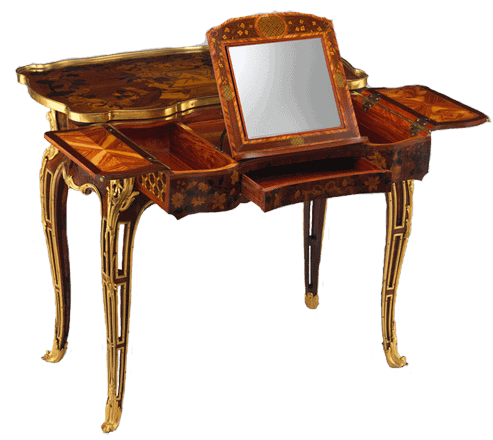
Commodes and other tables made in France remain some of the most sought-after antiques on the market to this day.
These pieces often reached a level of luxury that reflected the romantic and indulgent nature of French aristocracy of the time.
They remain some of the most well-crafted pieces of furniture of any period. This craftsmanship has given them a longevity that has allowed them to preserve their grandeur for centuries.
English & American Dressing Table
The design of English and American dressing tables almost seem like a counter to the lavishness of French dressing tables.
Their designs lacked the flash and decoration of French style, but English and American tables were far from boring.
Lowboys had short, intricately carved cabriole legs, carved knees, and clawed feet. They also had one or two rows of drawers with equally decorative escutcheons and handles made from brass. Some drawer fronts included scallop shell embellishments for a touch of interest.
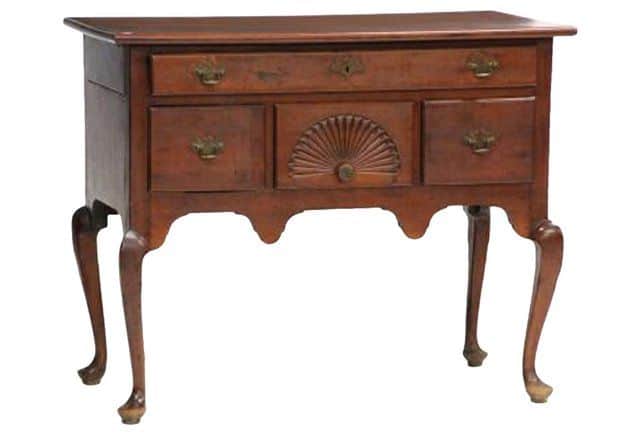
Colonial, Queen Anne, and Chippendale style remain profoundly attractive styles and reflect much of these countries’ societal values at this time.
Dressing tables from these periods kept some embellishments while sticking to a neutral color palette. Often, oak, walnut, or mahogany were used to construct these pieces.
In 18th century America, lowboys paired with a matching highboy. As cabinet-style furniture became more common, it became customary for all bedroom furniture to match.
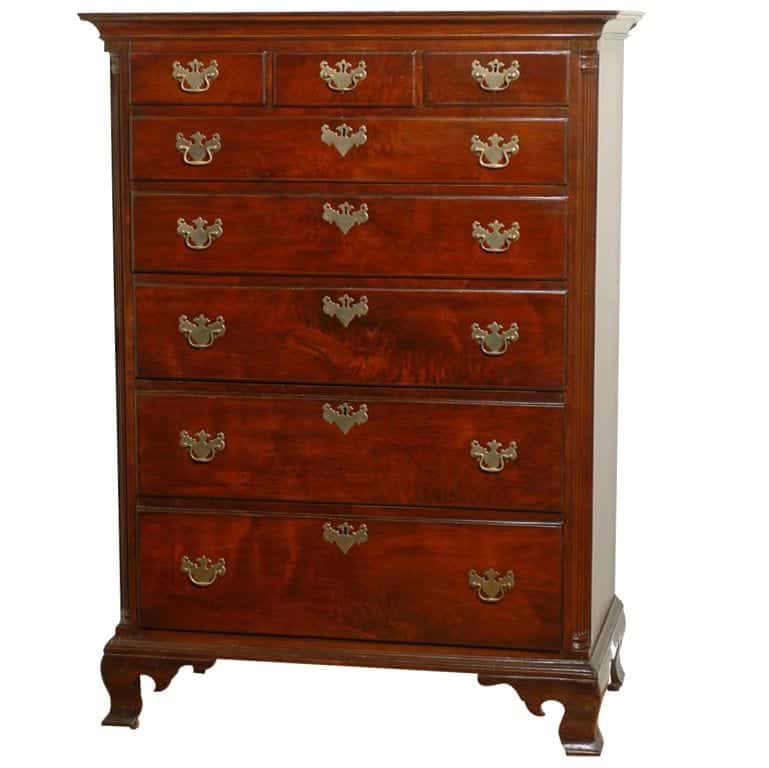
The Modern Dressing Table
19th-century dressing tables grew larger and started coming with small stools. And as glass became more affordable, more pieces had mirrors.
This period saw many styles and trends, from Gothic to Renaissance and even a rebirth of the Rococo period.
Dressing tables continued to include many beautiful decorative characteristics throughout each style.
The modern concept of vanity tables developed during the Art Deco period at the beginning of the 20th century. It was during the Art Deco phase when the dressing table became a distinctly feminine piece of furniture.
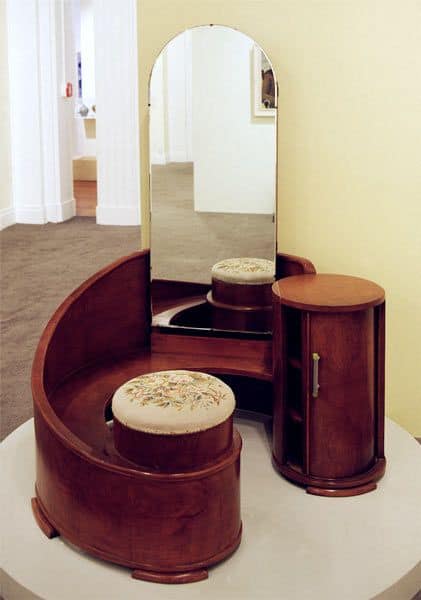
Jean Harlow’s boudoir in the 1933 film “Dinner at Eight” helped create the archetype for the vanity you probably pictured at the beginning–the one with the great lighting and plush chair.
As the Great Depression and subsequent WWII replaced the glamor of the Roaring Twenties, the dressing table fell out of style.
However, they saw a rebirth in popularity during the middle and end of the 20th century when consumerism and capitalism rebounded with the American economy.
Thanks to incredible craftsmanship, the elegance of the dressing table (or whatever you wish to call it) is only surpassed by its durability.
Peoples’ love of the dressing table remains, whether they are antique or contemporary. Besides being a practical item, it adds a touch of glamor and sophistication to any room, no matter the design.
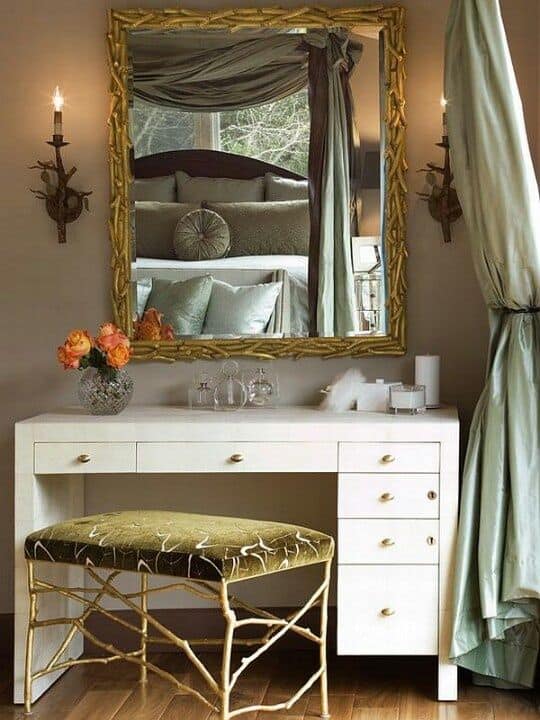
Create Your Space With Styylish
Let us help you make the home of your dreams. The Store has a range of antique dressing table styles like this Louis XV that will have you feeling like royalty!
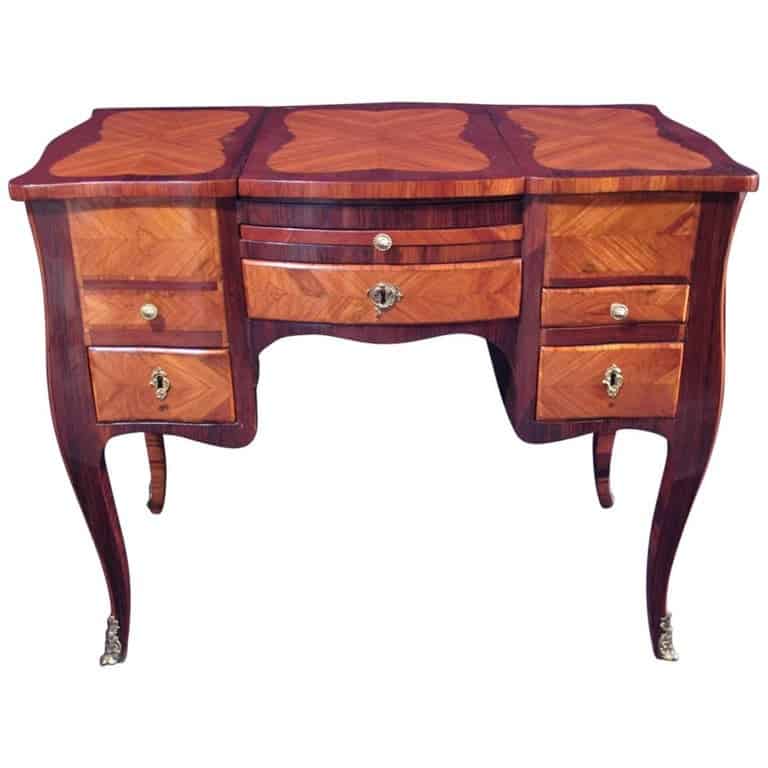
Reach out to us in the Live Chat for questions. We would love to hear your thoughts!
Check out the Blog for ideas and inspiration, including how to decorate with modern and antique furniture.

